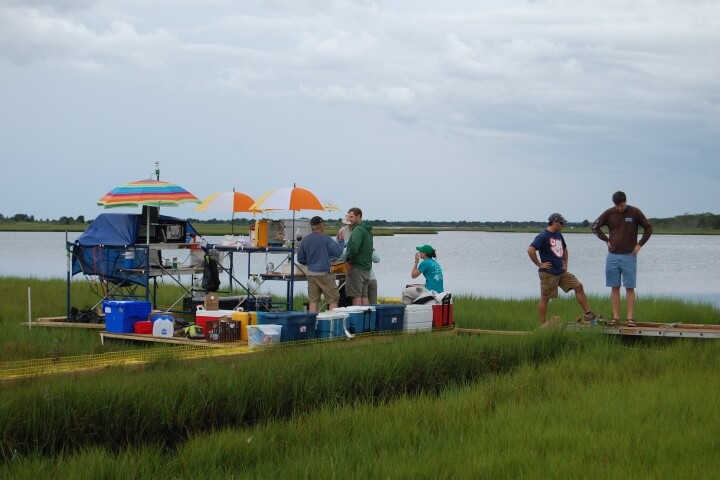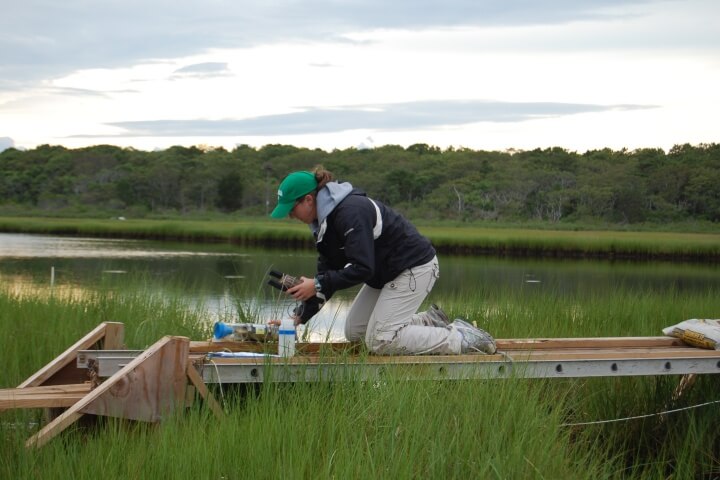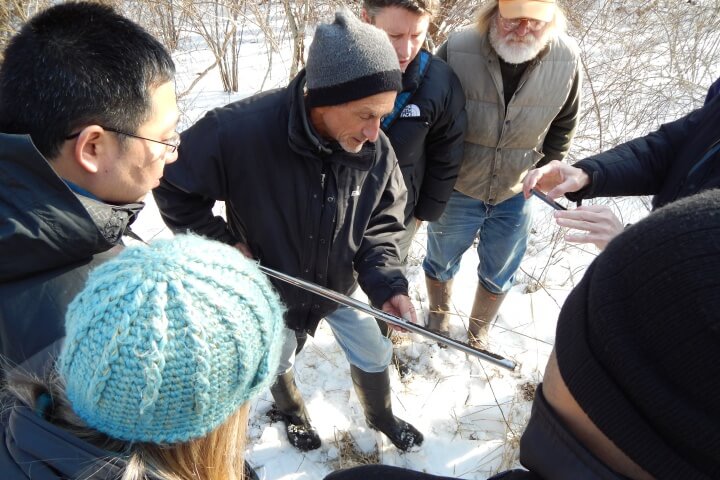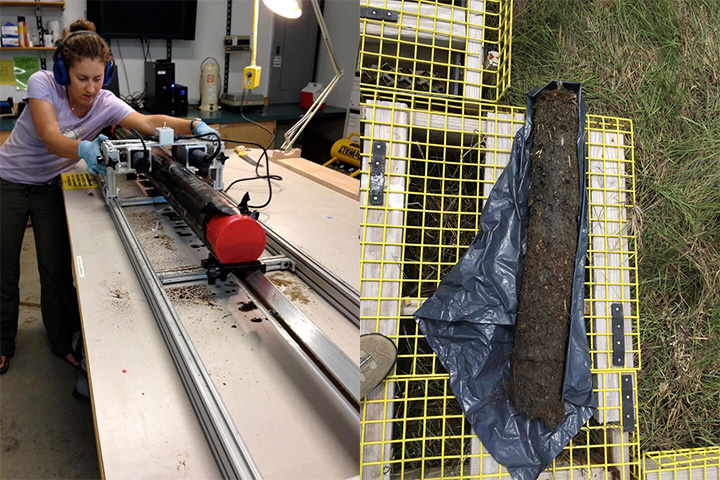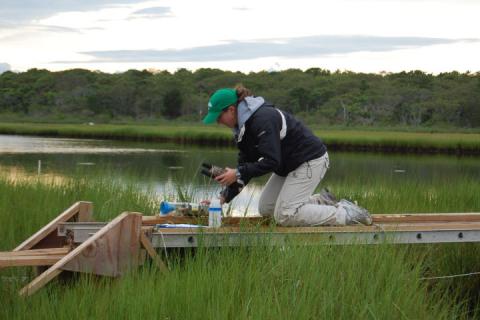
Blue carbon storage - carbon sequestration in coastal wetlands - can help coastal managers and policymakers achieve broader wetlands management, restoration, and conservation goals, in part by securing payment for carbon credits. Despite considerable interest in bringing wetland restoration projects to market, the transaction costs related to quantifying greenhouse gas fluxes and carbon storage in restored marsh has been a significant limiting factor to realizing these projects.
The Waquoit Bay National Estuarine Research Reserve has been at the forefront of blue carbon research and end user engagement. It launched the collaborative Bringing Wetlands to Market project to develop tools to bring blue carbon into wetland management practice. The project’s first phase, Nitrogen and Coastal Blue Carbon, conducted cutting-edge research examining the relationship between salt marsh, climate change, and nitrogen pollution. This second phase of the project, Expanding Blue Carbon Implementation, developed a verified and generalized model that can be used across New England and the mid-Atlantic East Coast to assess and predict greenhouse gas fluxes and potential wetland carbon storage using a small set of readily available data. The project conducted a first-of-its-kind market feasibility assessment for the Herring River Restoration Project, one of the largest proposed wetland restoration projects in New England. Alongside this research, the project team developed targeted tools and education programs for coastal managers, decision makers, and teachers. These efforts have built an understanding of blue carbon and the capacity to integrate blue carbon considerations into restoration and management decisions.
The project brought new attention to tidally-restricted wetlands as an untapped opportunity to reduce greenhouse gas emissions. In a significant new finding, researchers showed that wetlands impaired by the restriction of tidal flow are a common source for large quantities of anthropogenic methane emissions. This suggests that the protection and restoration of wetlands can be a new, potent method for emissions reduction while also enhancing habitat and coastal resilience.
